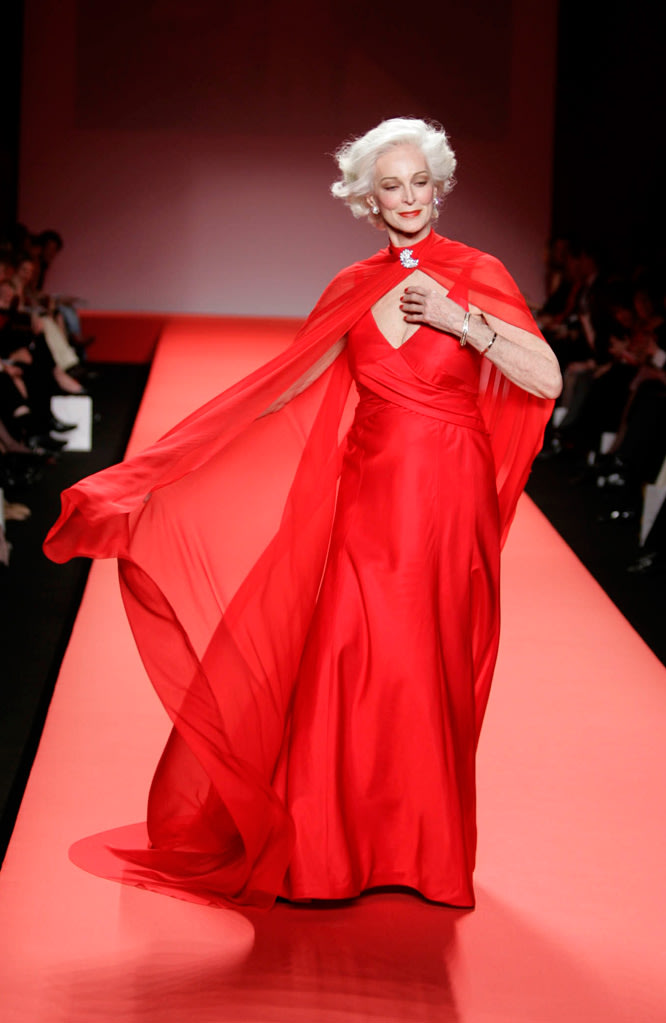Managing stress can be stressful. Stress brings on feelings of overwhelming strain or pressure, and can cause a wide range of symptoms that can include panic attacks, exhaustion, skin rashes, depression and even sexual dysfunction To be able to successfully understand and deal with your stress and its symptoms, or to be able to effectively help someone who is suffering from stress, you have to be able to first identify what type of stress it is. There are three main types of stress, acute, episodic and chronic. Each one is different and has its own set of symptoms, characteristics and treatments.
Different Types of Stress
Acute Stress
Acute stress is the most common form of stress. This type of stress is brought on by situations, pressures or demands of our present, or what we anticipate in the near future. While short bursts of this type of stress, like having to make a public speech, can provide a positive release or thrill, like having an adrenalin rush, it can also be a negative situation, that can lead to psychological and physical symptoms.
Because of the short term nature of acute stress, symptoms don’t have time to manifest and cause long term damage. The most common symptoms of acute stress are:
- Physical problems – these symptoms could be in the form of tension headaches, back, chest or jaw pain, stomach or bowel problems like heartburn, acid stomach, flatulence, diarrhoea or constipation, a rise in blood pressure, rapid heartbeat, sweaty palms, heart palpitations, dizziness, migraine headaches, cold hands or feet and shortness of breath.
- Psychological problems – these symptoms could include a combination of anger, mood swings, anxiety, fear or depression.
Acute stress is common in day-to-day life – being late to a meeting, losing an important document at work, dealing with a trouble child at school, trying to meet a deadline – are just some of the situations that can bring on acute stress.
Fortunately, these situations and symptoms related to acute stress are easily recognise and highly treatable and manageable. If you feel that you are getting stressed over something small in your everyday life, take a step back,, relax and breathe – it probably isn’t as stressful as you think!
Episodic Acute Stress
There are people who suffer from acute stress frequently, to the point where it becomes overwhelming and demanding on their every day life. They are constantly in a disorderly and chaotic state, always in a rush, always late, and they always have a string of demands and pressures that are constantly overtaking them and their time. This is known as episodic acute stress.
For sufferers of episodic acute stress, they seem to have a lot of nervous energy, and can be abrupt, irritable, short tempered, tense and occasionally hostile. You will find that relationships can deteriorate rapidly as they go through behavioural changes that include mood swings, as well as being impatient and anxious. Work also becomes a very stressful environment, that will carry on in to their home and personal life.
Worrying is another form of episodic acute stress. Sufferers can be known as 'worry warts', in that they see disaster at every turn and have the view that everything is dangerous or un-rewarding, with a doomed ending. These views bring on feelings of anxiety and depression.
Other symptoms of episodic acute stress include persistent tension headaches, migraines, hypertension, chest pain, and heart disease.
Treating episodic acute stress can require intervention on a number of levels, and generally includes professional help, which may take many months. This is because most of the sufferers of episodic acute stress don't see anything wrong with the way they conduct their lives, and will instead blame their stress on other people or factors, like work or school. They view their lifestyle and consequent levels of stress as simply the way their world works and is just who they are as a person. This type of mindset makes sufferers fiercely resistant to change, but usually it is a need for relief from the pain and discomfort of their symptoms that keeps them on track with their treatment and recovery program.
Chronic Stress
Chronic stress sufferers are people who are constantly ground down every day by stress. Chronic stress is long-term and destroys bodies, mind, spirit and lives. It is bought about by large, overwhelming long-term problems like poverty, unhappy marriages, dysfunctional families or high-strung jobs or careers.
Chronic stress is persistent as the sufferer never sees a way out of their miserable, stressful situation. They give up trying to find a way out, and become accustomed to their way of life. This is probably the worst aspect of chronic stress, in that the sufferers get used to it, as it just becomes a part of who they are and how they live.
Some forms of chronic stress are born from traumatic, early childhood experiences that become internalized and remain part of that person forever. Their trauma or view of the world, or even just their situations, causes unending stress for the individual. Professional help is needed to be able to start addressing and coming to terms with the deep, psychological issues that are causing the chronic stress.
Chronic stress can kill, through suicide, violence, heart attack or strokes. The sufferers of chronic stress will simply just shut down, or wear down, resulting in a final breakdown. Because physical and psychological aspects have been ongoing for a long time within the sufferer, the symptoms of chronic stress are difficult to spot, let alone treat. The victims of chronic stress may require extended medical and behavioral treatment, as well as stress management and meditation plans.






 Linggo, Enero 27, 2013
Linggo, Enero 27, 2013
 Lecor Martineau
Lecor Martineau



































